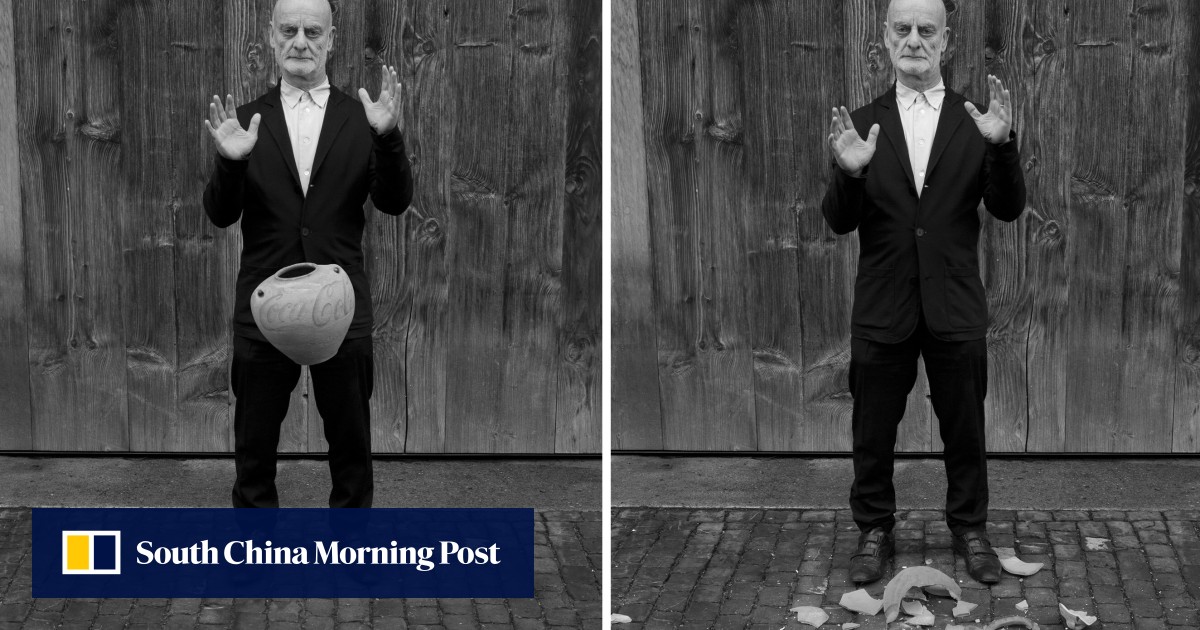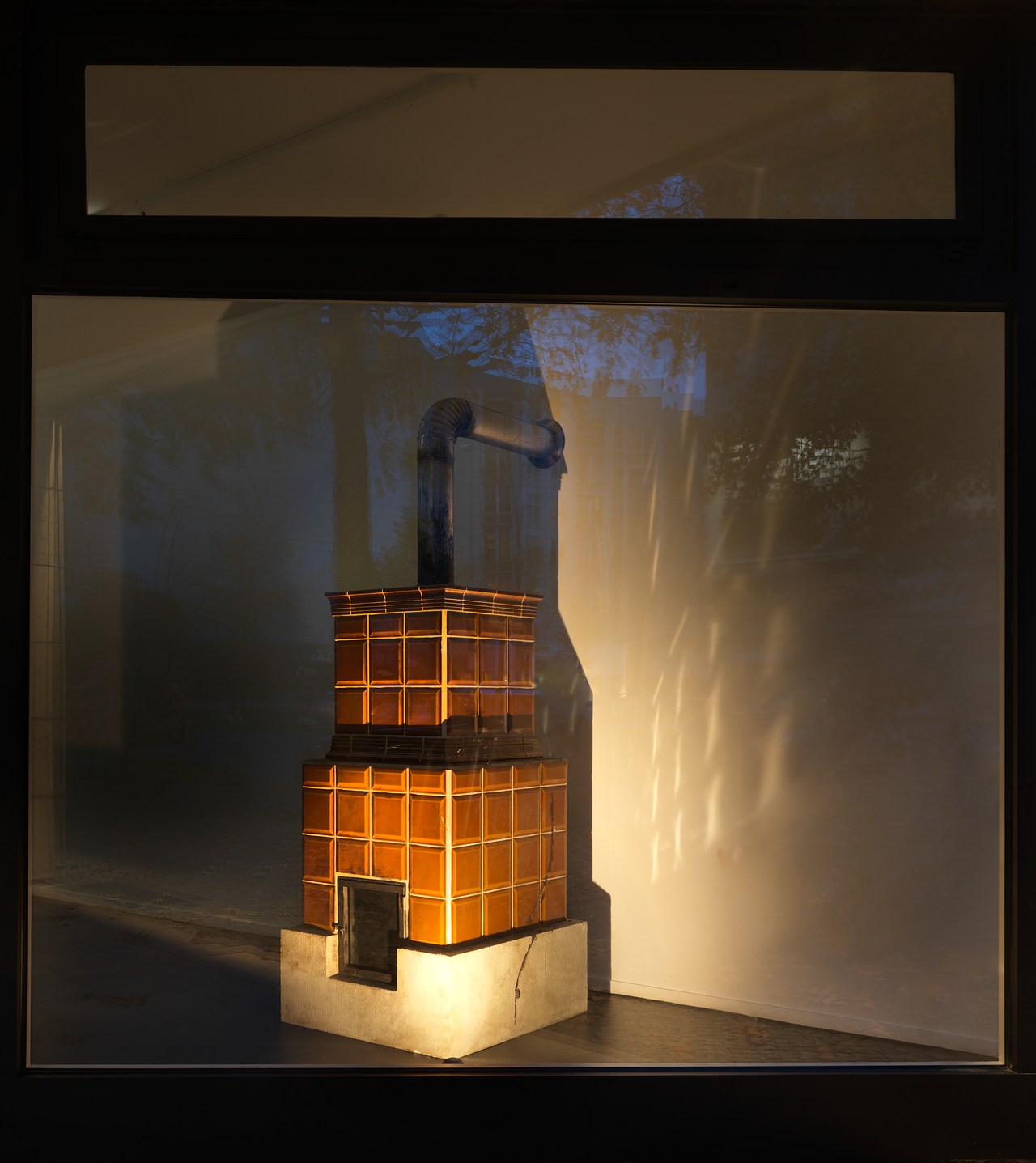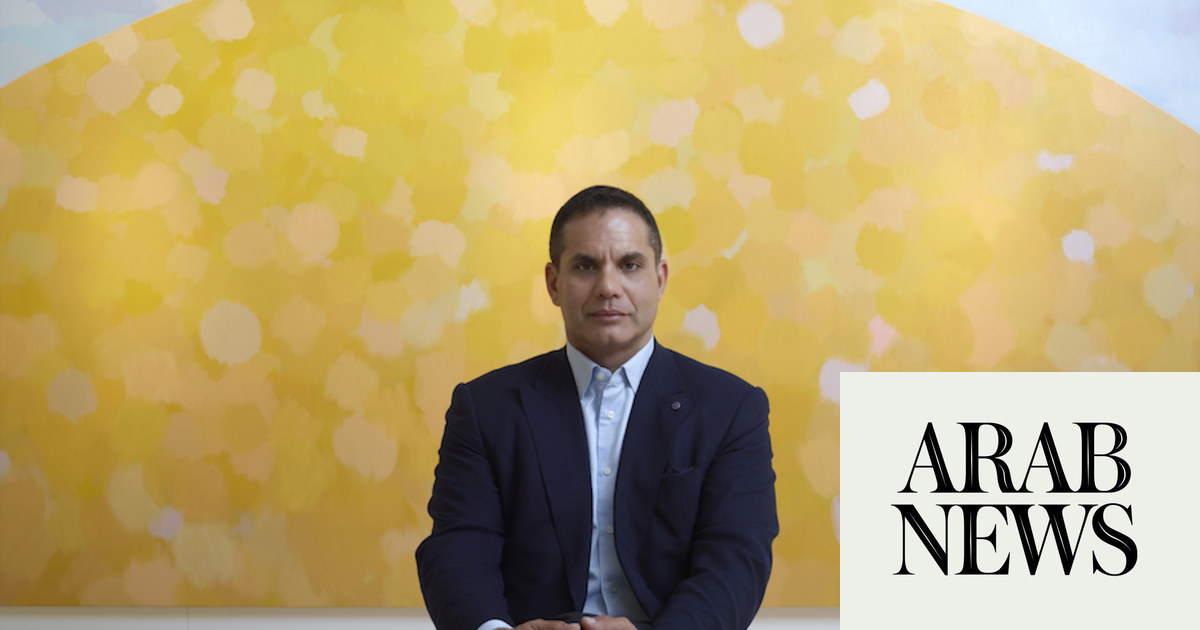Untitled (Beirut)
2010 - Painting (Painting)
24 x 30 cm
Etel Adnan
Adnan’s paintings are simple images with bold contrasting colors and rich textures. This particular work has an iconic feel and a strong physical presence in spite of its diminutive size. All of her paintings are small but, like Howard Hodgkin’s work, their intensity gains from their diminutive size. However small they are, they are large in scale and impact. This painting may recall the sunset in Beirut just as it refers to a small confined but defined mass within a larger sea, perhaps in itself some kind of political statement. It is stark in its contrasts but rich in color. The central pattern of horizontal bands may recall national flags, however without referring to any one in particular. Unlike Albers’s work, there is no sense of gradation of color nor forms increasing or decreasing in size but, like Albers, Adnan is manifestly interested in the way in which one color may influence and impact another. A tension between the expansive and the restricted and between the horizontal and the vertical make this a very satisfying and dynamic image.
Etel Adnan was born on February 24, 1925 in Beirut and died in Paris on November 14, 2021. She was a Lebanese American artist and writer. Since the 1960s, Etel Adnan had been making accordion-fold books, or leporellos, that meld visual and verbal observation, fusing the artist’s parallel practices in painting and writing as she transcribed poems and records unfolding landscapes and urban spaces.
Colors:
Related works sharing similar palette

© » ACAW
FIELD MEETING Take 4: Thinking Practice | Ibraaz Contemporary Visual Culture in North Africa and the Middle East Home Platform Essays Interviews Projects Channel Reviews Publications News About Sign up Quick search Go Author Keyword Search archive Title Platform 010: Where to Now? Shifting Regional Dynamics and Cultural Production in North Africa and the Middle East 009: What are the genealogies of performance art in North Africa and the Middle East? 008: How do we productively map the historical and contemporary relationships that exist between North Africa, the Middle East and the Global South? 007: What is the future of arts infrastructures and audiences across North Africa and the Middle East? 006: What role can the archive play in developing and sustaining a critical and culturally located art history? 005: How has a globalised cultural economy affected the production of contemporary visual culture in North Africa and the Middle East? 004: With the benefit of hindsight, what role does new media play in artistic practices, activism, and as an agent for social change in the Middle East and North Africa today? 003: Can Artistic Practices Negotiate the Demands of Cultural Institutions, Public Space, and Civil Society? 002: What relationship does visual culture have to the world we live in? 001: What do we need to know about the MENA region today? Published between and Publications FIELD MEETING Take 4: Thinking Practice Online Programme 010_05 / 28 October 2016 Tags Curatorial Practice Conference Chapters in this series Introduction Curatorial Narrative Speaker Biographies + Synopses Programme / Schedule Closing Remarks Responses Video documentation Day 1 Video documentation Day 2 Most Viewed The Global South Conflicting Narratives and the Invention of Geographies Fernando Resende Global Art Forum 8 1972-1982 Spaceship Sheraton and the Making of Doha's Masterplans Ibraaz The North of the South and the West of the East A Provocation to the Question Walter D...
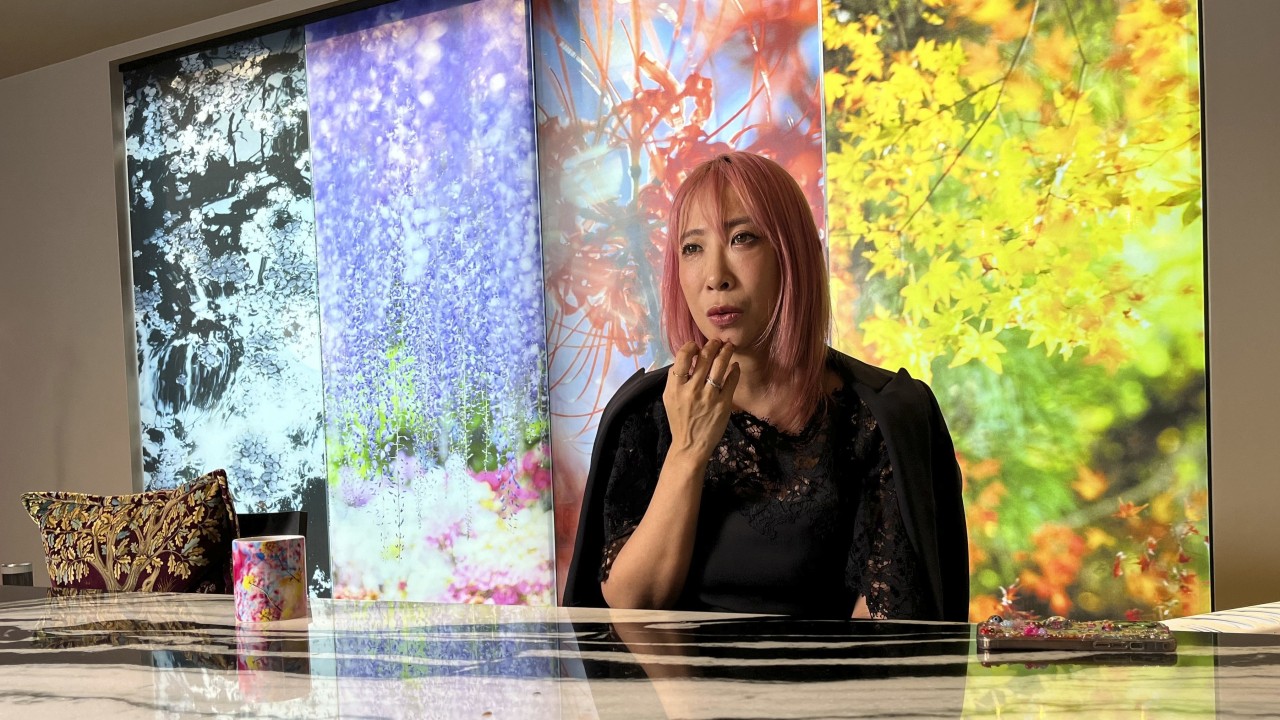
© » SOUTH CHINA MORNING POST
‘Dazzling moments in the everyday’ inspire Japanese artist Mika Ninagawa’s immersive installation Eternity in a Moment | South China Morning Post Advertisement Advertisement Art + FOLLOW Get more with my NEWS A personalised news feed of stories that matter to you Learn more Japanese filmmaker, photographer and visual artist Mika Ninagawa during an interview in her office in Tokyo...
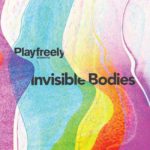
© » ARTS EQUATOR
Weekly Picks: Singapore (10 - 16 December 2018) | ArtsEquator Thinking and Talking about Arts and Culture in Southeast Asia Weekly To Do December 10, 2018 Playfreely presents Invisible Bodies by Playfreely – a new music initiative by The Observatory, at the Projector, 12 – 14 December, 7:30pm Playfreely returns with Invisible Bodies — a miasmic surge of rhythms, trance and the unseen, an undertow of currents within fermented identities...

© » KADIST
Wura-Natasha Ogunji
2019Wura-Natasha Ogunji’s recent drawing of cutout figures on architectural tracing paper takes a statement by Leoluca Orlando, the Mayor of Palermo, as a point of departure for the work...
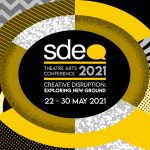
© » ARTS EQUATOR
8 online programmes not to be missed at SDEA Theatre Arts Conference | ArtsEquator Thinking and Talking about Arts and Culture in Southeast Asia Advertorial April 18, 2021 The SDEA Theatre Arts Conference is back in 2021 with a fully-online programme, featuring presentations, workshops and masterclasses responding to the theme of Creative Disruption: Exploring New Ground ...

© » KADIST
Sawangwongse Yawnghwe
202122022021, Yawnghwe Office in Exile by Sawangwongse Yawnghwe belongs to a body of work made in response to the Myanmar military coup that began in February 2021...

© » KADIST
Wong Wai Yin
2021Drawn from the widely circulated images of protests around the world in support of women rights and racial equality, the phrase I can’t believe we are still protesting is both the title of Wong Wai Yin’s photographic series and a reference to similar messages seen on protest signages...

© » KADIST
Julieta Aranda
2016The video Swimming in rivers of Glue is composed of various images of nature, exploring the themes of exploration of space and its colonization...





